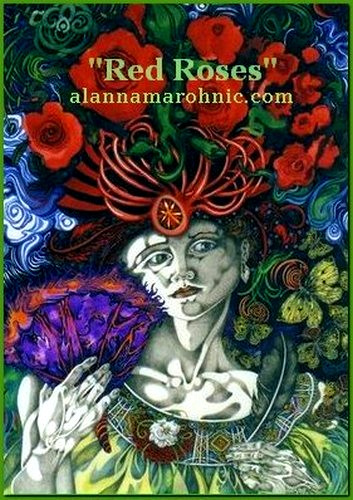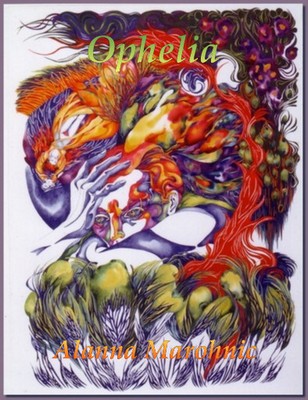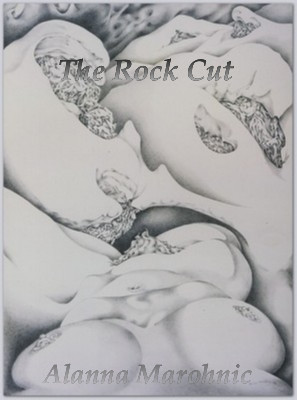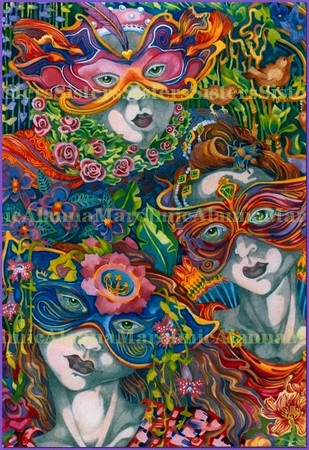Terrible Beauty |
Alanna Marohnic's work allows us a rare We are immediately struck by the luminous nature |
 |
In her Dream Wave vision, a child's dreamscape is |
mind of an artist must be swept aside. A more |
At the start of her creative process, Alanna is often |
As experience increases, Alanna finds her emotions Even through typically optimistic colouring it's a desperate Eroticism owns a thread in the web of Alanna's work as |
 |
 |
Throughout art history most female nudity is painted by The fragility of life in Late Summer is the prevailing artistic Ultimately, a walk down Alanna's garden path offers an
|
Alanna works from real life or memories. Her studio is full Where Alanna's mind, spirit, hand, and brush meet paper Scot Kyle |
 |